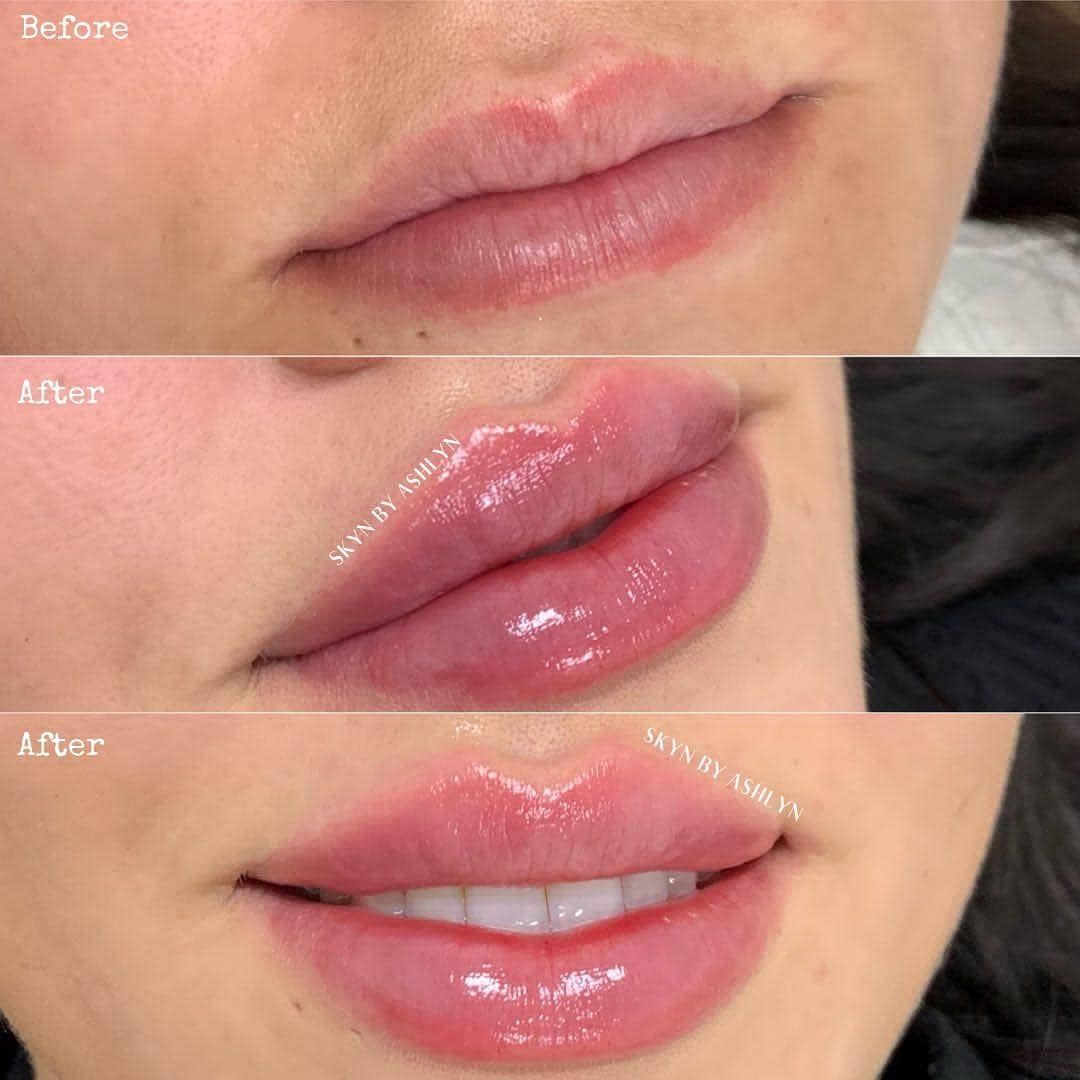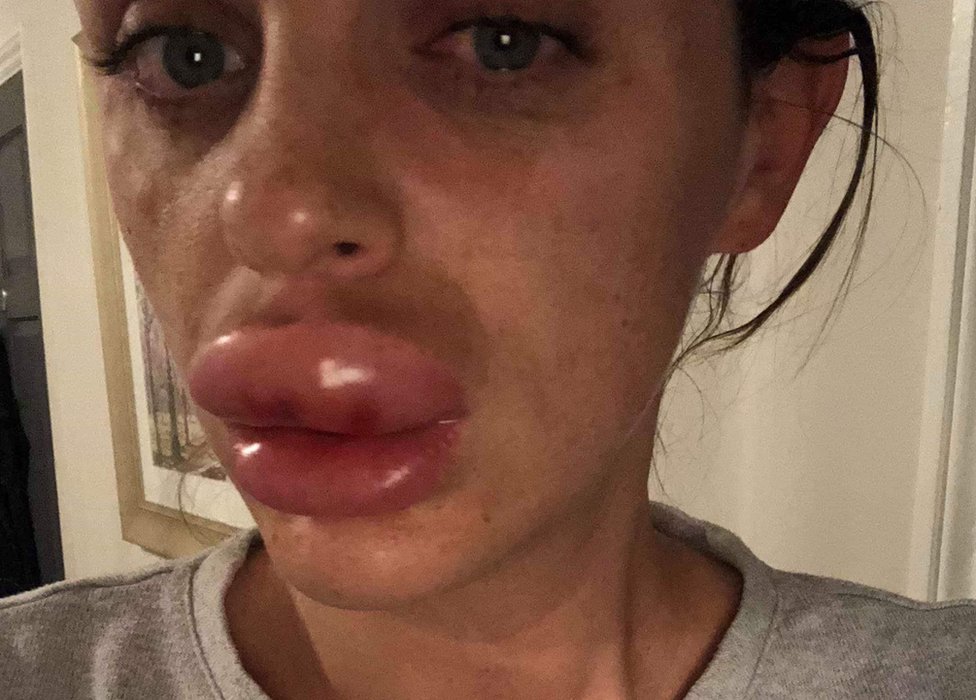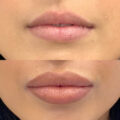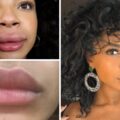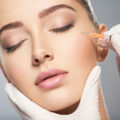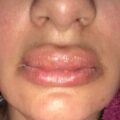Lip augmentation is a cosmetic procedure that can give you fuller, plumper lips. These days, an injectable dermal filler is the most commonly used method of lip augmentation. There are many types of dermal fillers that can be injected in your lips and around your mouth. But the most common fillers today are products that contain substances similar to hyaluronic acid. Hyaluronic acid is a natural substance found in the body. It helps increase volume in your lips.
These types of dermal fillers are sometimes called “hyaluronic acid fillers.” Collagen, once the most common dermal filler, is used less often today. The newer options are safer and the effects last longer. Fat injections and implants are other methods to plump lips. But they aren’t used as much today because the results vary and there is a greater risk of side effects.
Uses of Hyaluronic Acid Fillers
Hyaluronic acid fillers can improve the appearance of your lips by adding:
- Shape
- Structure
- Volume
The effects typically last around six months. After that more injections are needed to keep the volume of your lips.There are several hyaluronic acid fillers on the market. Among them are these products:
- Restylane, Restylane-L, Restylane Silk
- Juvederm Ultra, Juvederm Ultra Plus, Juvederm Volbella XC
- Belotero Balance
- HylaForm
- Elevess
- Prevelle Silk
All of these products are injected the same way and give you similar results. And some contain lidocaine, a local anesthetic.
How do temporary lip injections work?
Lip fillers, like Restylane Kysse and JUVÉDERM XC or Volbella®, offer patients a nonsurgical augmentation method to add more volume to the upper, lower, or both lips at the same time. Men and women can have that perfect pucker with one of the most popular cosmetic treatments performed today. Lip injections offer a safe and effective alternative to contour this small target area when you choose either a slight or significant enhancement. Patients can even fill in and smooth out vertical lip lines for a more youthful appearance. However, all facial injectables should be administered by an experienced, qualified injector, like the experts at Body+Beauty Lab, for optimal results.
Benefits of Hyaluronic Acid Fillers
Once injected, the gel in the filler supports and shapes the tissues of the lips.
The benefits of using hyaluronic acid fillers include:
Control over lip volume. The amount of substance injected can be controlled, so the doctor has better control over how much lip volume is created.
Gradual pace of treatment. The injections can be given gradually during different appointments until the desired results are achieved.
Bumps dissolve easily. Any lumps and bumps created by movement of the lips can be dissolved easily.
Less bruising. There may be less bruising and swelling compared to other dermal fillers.
Reasonably lasting results. The results are reasonably long-lasting, but not permanent.
Allergic reaction unlikely. Because hyaluronic acid fillers are made from substances similar to those found in the body, they are unlikely to cause an allergic reaction. But if you are allergic to lidocaine, tell your doctor before being treated.
How long does swelling last after lip fillers?
Lip augmentation with fillers is quick, and the results are almost immediate. A local anesthetic numbs the target area before the lip injections are administered to reduce any discomfort. After the filler is in place, a quick and gentle massage ensures the filler spreads evenly and effectively. Swelling and redness around the lip area are common during lip injection recovery. Sometimes this swelling can be dramatic especially when fake or low quality fillers are used or procedure is performed by a quack.
The amount of lip filler used can also impact the level of swelling. This normal side effects with lip injections will be more noticeable and typically peak after two days, subsiding after two weeks. Patients can then begin to enjoy their actual results and should consider a touch-up appointment if they want more volume or shape added to their lips, after their initial treatment.
How To Reduce Swelling After Lip Injections
At the first appointment, patients should start conservatively and build from there to achieve their desired results. Lip injections typically last about 6 – 12 months, allowing men and women to enjoy fuller, more voluminous lips year-round. After lip injections, swelling and redness are common side effects. The following helpful tips can reduce swelling and help patients get the best results:
- Be gentle with the skin around the lips for at least 48 hours
- Apply a cold compress or ice to the area, but not directly to the lips, This will help ease swelling, itching , bruising, and any other pain.
- Stay hydrated by drinking plenty of water to help with the recovery process
- Avoid drinking through a straw or direct contact with kissing for 48 hours
- Avoid strenuous exercising or an elevated heart rate to minimize swelling or redness.
What to avoid
Here are a few other things your doctor will likely recommend avoiding after your lip filler procedure:
Stop smoking
Smoking can increase the risk of infection, so it’s important not to smoke immediately after getting lip fillers. You may also want to avoid being around others who smoke.
Avoid Alcohol
Alcohol acts as a blood thinner, and should be avoided for at least 24 hours after getting lip fillers. Alcohol can cause inflammation, increase the likelihood of bruising, and make swelling worse. It’s also a good idea to avoid alcohol a few days before your appointment.
Don’t fly
Your doctor will likely recommend that you wait at least a week after your treatment before flying. This is because the air pressure in a plane can make swelling and bruising worse.
When will it achieve the final look?
You will see immediate results with lip fillers, but once the swelling goes down, the results will not look quite as pronounced. It typically takes about 4 weeks for the filler to settle in and achieve the final, desired look. The results will typically last about 6 months.
When to see a doctor
While minor side effects like swelling and redness are normal, see a doctor if you experience any of these complications:
Intense bruising or swelling
If you experience intense bruising or swelling for more than a week, check in with your doctor. It’s rare, but allergies and reactions to hyaluronic acid are possible.
Vascular occlusion
Vascular occlusion happens when the filler is injected into or around an artery, which reduces or stops the blood flow. The surrounding skin and tissue will start to die without adequate blood supply.
Signs of vascular occlusion include immediate, severe pain and a change in skin color, which can look like white spots or blotches. It’s also important to note that the pain could take a while to become noticeable, as most fillers include lidocaine, which is an anesthetic. It can take an hour to wear off.
Cold sores
Your doctor will ask if you’re prone to cold sores, or herpes simplex virus 1 (HSV-1). Dermal fillers can trigger an outbreak, which may require antiviral treatment. It’s best to discuss with your doctor if you’ve had herpes outbreaks after receiving dermal fillers in the past. READ: How Long Does Dysport Last?

